Harvest Lane Honey 8 oz. Honey Jars with Lids
The Harvest Lane Honey Small Honey Jars with Lids are great for packaging your harvest. These clear, plastic honey bear containers hold up to 8 oz.
The Harvest Lane Honey Small Honey Jars with Lids are great for packaging your harvest. These clear, plastic honey bear containers hold up to 8 oz.
- 6 pack of small honey jars with lids
- 8 oz. capacity
- Clear, plastic honey bear containers look cute in your cupboard
- Do not microwave
- Lids included
- 8 oz of fluid weight depending on your honey’s density your actual weight will be higher or lower.
Additional information
| Country of Origin | Made in USA |
|---|---|
| Capacity | 8 oz. |
| Harvesting Product Type | Honey Containers |
| Package Quantity | 6 |
| Primary Color | No Color |
| Primary Material | Plastic |
| Product Height | 5 in. |
| Product Length | 8 in. |
| Product Weight | 1 lb. |
| Product Width | 11 in. |
| Manufacturer Part Number | HONEYJAR-8-6 |

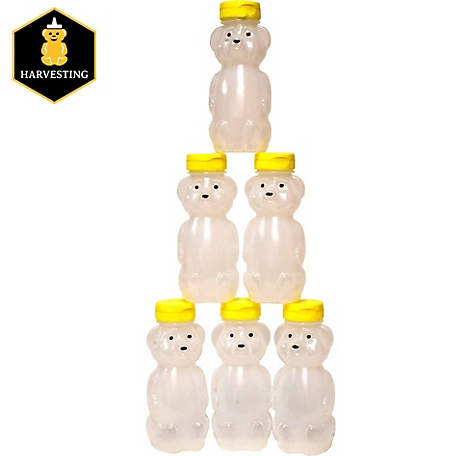
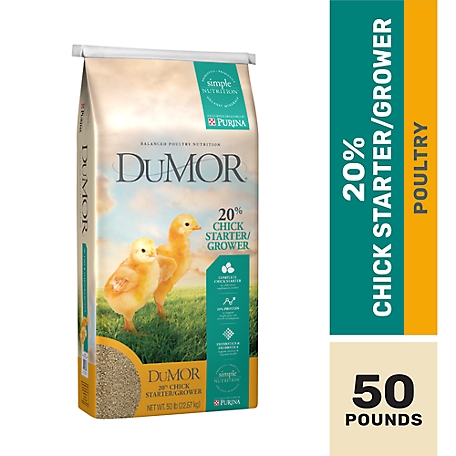

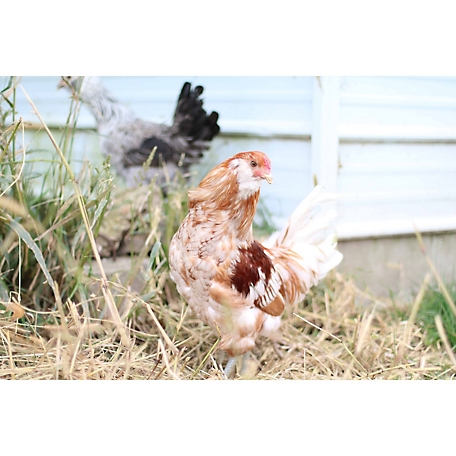

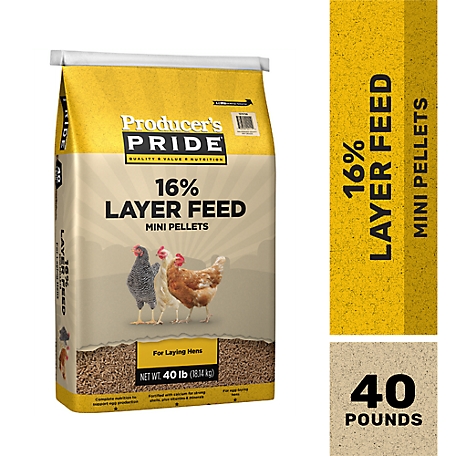

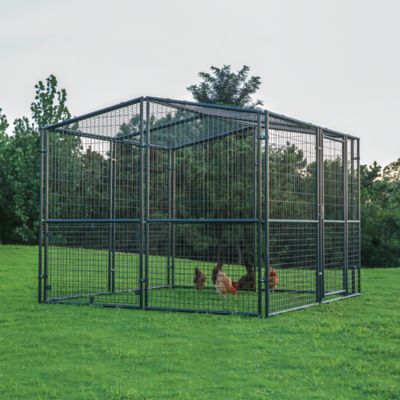

by Terry
I’m a little concerned about sterilizing them but otherwise I am satisfied.
by Caza
Sanitize by hand, not able to clean in boiling water.